The Ultimate Guide To Running The TCS London Marathon
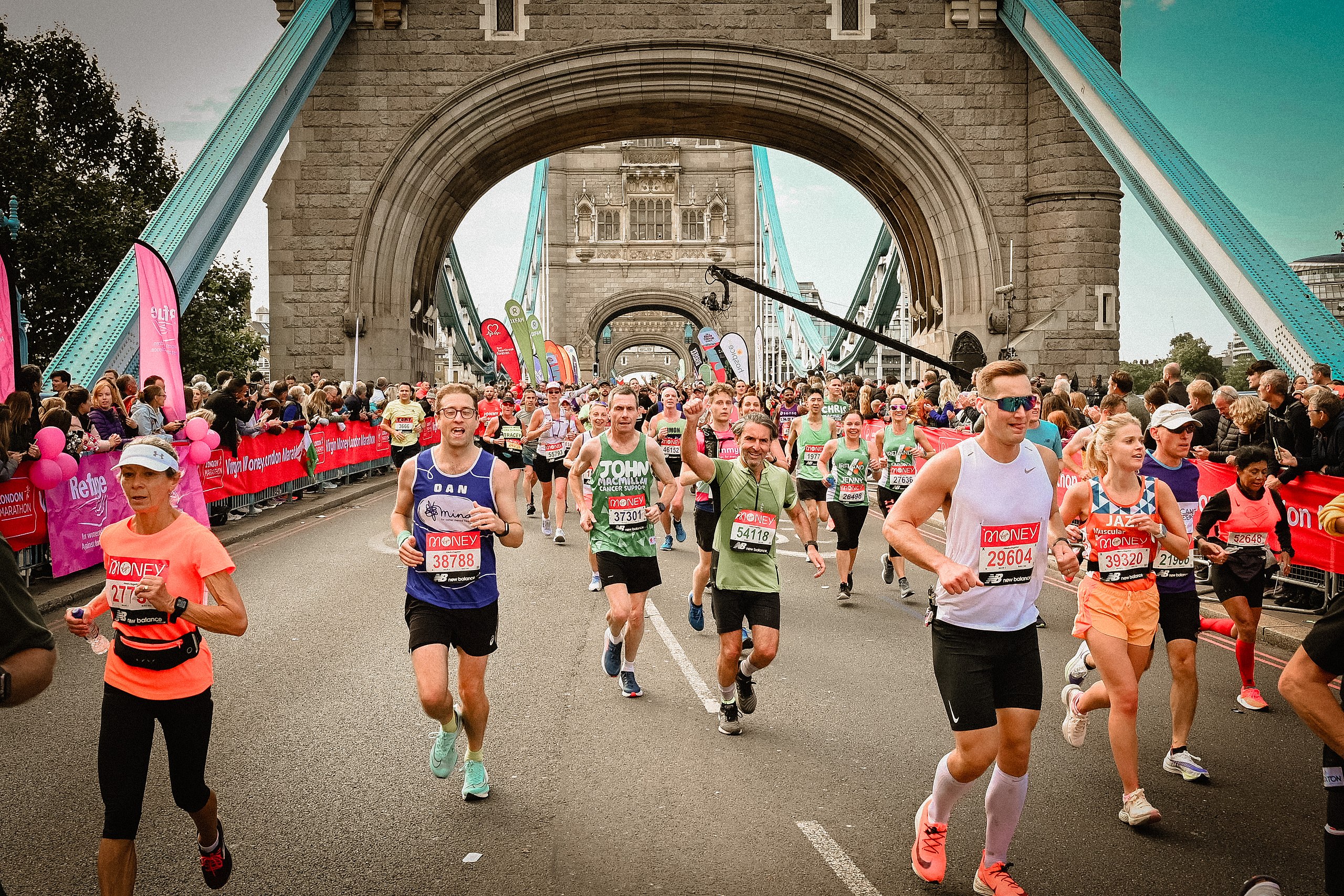
We’ve got everything you want to know about running the TCS London Marathon, compiled by runners who have collectively run the London Marathon over 15 times (so we’ve made all the mistakes so you don’t have to!). In this ultimate runner’s guide, we’ll cover:
- How to enter the London Marathon
- Where to stay for the London Marathon
- The London Marathon Running Show
- Things to prepare the evening before the London Marathon
- Getting to the start of the London Marathon and the bag drop
- Things to know about running the London Marathon
- The London Marathon course
- Supporting the London Marathon
- The bag collection and meeting points after the London Marathon
- Join us at Mile 27 to celebrate!
How to enter the London Marathon
Ballot: Every year around race day, the ballot opens for the following year. In 2024, 578,372 people entered the ballot for around 20,000 places. If you are successful via the ballot then entry cost £69.99 in 2024 (international entries were £146, which is inclusive of a carbon offset fee). Follow London Marathon for ballot updates.
Charity: Around half of runners taking part in the London Marathon are doing it to support a charity. You apply for places directly with your chosen charity – see here for the charities with places. You will need to pay a registration fee to the charity and most charities ask a commitment to fundraise at least £2,000-£2,500+ (each charity varies).
Good For Age: 3,000 men and 3,000 women can qualify for the London Marathon by running a fast time at a previous race. You can see the London Marathon website for the times you need to run to apply for a Good For Age time. It’s accepted on a ‘fastest first’ basis and for 2024’s race, men needed to be five minutes quicker than the listed time, and women had to be two minutes quicker (they lowered the qualifying time for 2025), so achieving the qualifying time does not guarantee you entry. If you are accepted, you will pay the same entry fee as ballot runners.
Championship entry: If you’re really fast, then you can apply for a Championship entry into the race. The 2024 qualifying time for men was 2:40 and it was 3:14 for women. More on the London Marathon Championship entry can be found here.
Where to stay for the London Marathon
The race begins between Greenwich and Blackheath in southeast London, so staying around there is going to be the easiest place on race morning, but expect hotels to sell out fast (and be very expensive!). If you stay near the finish line, around Soho, then the train connections to the start are simple (usually with one change). Being near London Bridge or the DLR line (between Bank and Poplar) can also make your morning easy.
Top Tip: If you’re leaving London after the race then ask your hotel if you have a late check-out, meaning you can finish, get back to your hotel, have a shower and change before heading out to celebrate (as James describes it: “So you don’t go out smelling like 26.2 miles!”).
The London Marathon Running Show
The Running Show (that’s London’s ‘Expo’) takes place at ExCeL London, and every runner has to go to collect their Event Pack, which includes their race bib, safety pins, and kit bag for the bag drop (you can’t collect your bib on race day, so you have to go to the Running Show).
Opening times: The Running Show for 2024’s London Marathon is open at the following times:
Wednesday 17 April: 10:00 to 20:00
Thursday 18 April: 10:00 to 20:00
Friday 19 April: 10:00 to 20:00
Saturday 20 April: 08:30 to 17:30
Go on Wednesday or Thursday if you can. The Running Show gets much busier as the week progresses, and can be very busy on Saturday (and you don’t want to be standing for hours the day before the marathon!). If you have to go on Saturday then go as early as possible. If you’re travelling into London for the race, then avoid taking luggage with you to the Running Show as it will become a heavy burden in the lines and around the show.
Getting There: The best way to get to ExCeL is by public transport, getting off at Custom House which is on the DLR or Elizabeth Line. Plan your journey on TFL or a map app.
Collecting Your Event Pack: The most important thing for runners to do at the Running Show is collect their Event Pack. This is in the registration area and you’ll need to show a QR code which you’ll receive by email, plus proof of identification (passport or driver’s licence) – do not forget your ID! If you opted to collect a race t-shirt, then you can collect this here as well.
Can’t Attend? If you can’t attend the Running Show then someone can collect on your behalf, but check all the details for this in the Event Guide that the race organisers emailed to you.
Explore The Running Show: Once you’ve got your Event Pack with your bib then you can leave, but the Running Show is one of the greatest running expos you’ll go to, with lots of exhibitors, including most major running, tech and nutrition brands, plus travel companies and race organisers, and a stage with lots of talks, so you could happily spend a long time wandering around.
Tumbleator: There’s also the infamous Tumbleator where you can try and run at marathon world record pace for 400m. Just consider having a little warm up first – you don’t want to injure yourself just before the marathon! Here’s what happened when some of the team took on the Tumbleator!
Things to prepare the evening before the London Marathon
The night before a marathon can often feel hectic. Now’s the time to do the final things to ensure you feel prepared and so that race morning feels as stress-free as possible.
Drop Bag: At the Running Show you’ll get a clear drop bag which comes with a sticker that’s got your race number on it – stick the number on the bag. You can’t take your own drop bag, and you need to use this plastic one. The drop bag will need to contain everything you carry to the race, and everything you want to collect at the end of the run, so pack wisely!
Weather: Check the weather forecast. Is there anything you need to consider based on the conditions? Do you need sunglasses and a hat? Or do you need to wear a base layer or raincoat?
Wearing old clothes? You can take old clothes to wear between dropping off your bag and beginning the race. All discarded clothes are collected and donated to charity. You might also want to take a black bin bag to sit on before the race begins. The start area is mostly grass, so if it’s wet or raining then consider wearing old shoes and socks to the start then change into race kit before you begin (you’ll have to discard the old kit).
For your drop bag: Will you want a particular snack or drink after the run? (There’s no food in the Finish Area). Do you need to pack a coat or warm sweatshirt? A change of clothes, shoes and socks? Some toiletries or first aid items to help you feel better after the run (some face wipes, deodorant, plasters).
Food: Consider booking a restaurant in advance for Saturday night. Make sure you can get the breakfast you’ve practised eating before long runs. James usually takes a pot of porridge, others in the team pack some bagels and nut butter.
Here’s a checklist of things to help make sure you feel prepared the night before the race:
- My kit is all laid out ready for the morning (maybe do this in the afternoon just in case you realise you’ve forgotten something important!)
- My race bib is pinned to my race top
- I have all my race nutrition ready
- I have my drop bag to carry to the start
- I have weather-appropriate clothing to wear to the start and during the race
- My devices are charged (watch, phone, heart rate monitor, headphones, etc)
- I know what I’m having for breakfast
- I know how to get to the start of the race and what time I need to leave
- My supporters know where to see me on the course, and where to meet me at the end
- My morning alarm is set
Getting to the start of the London Marathon and the bag drop
This is something that you will want to plan in advance so that on race morning you know exactly what you’re doing.
There are four colour-coded assembly areas for the London Marathon and in your pre-race communications you’ll be told the best way to get to your specific area (there are three start lines – but you don’t need to worry about the start line, just get to your assembly area and it’ll be next to your start). The colour of the numbers on your bib tell you which assembly area to go to (if you’ve got red numbers on a yellow bib, then you’re in yellow). Map from the Participant Guide. Follow the signs to your area and you’ll need to show your race bib to enter.
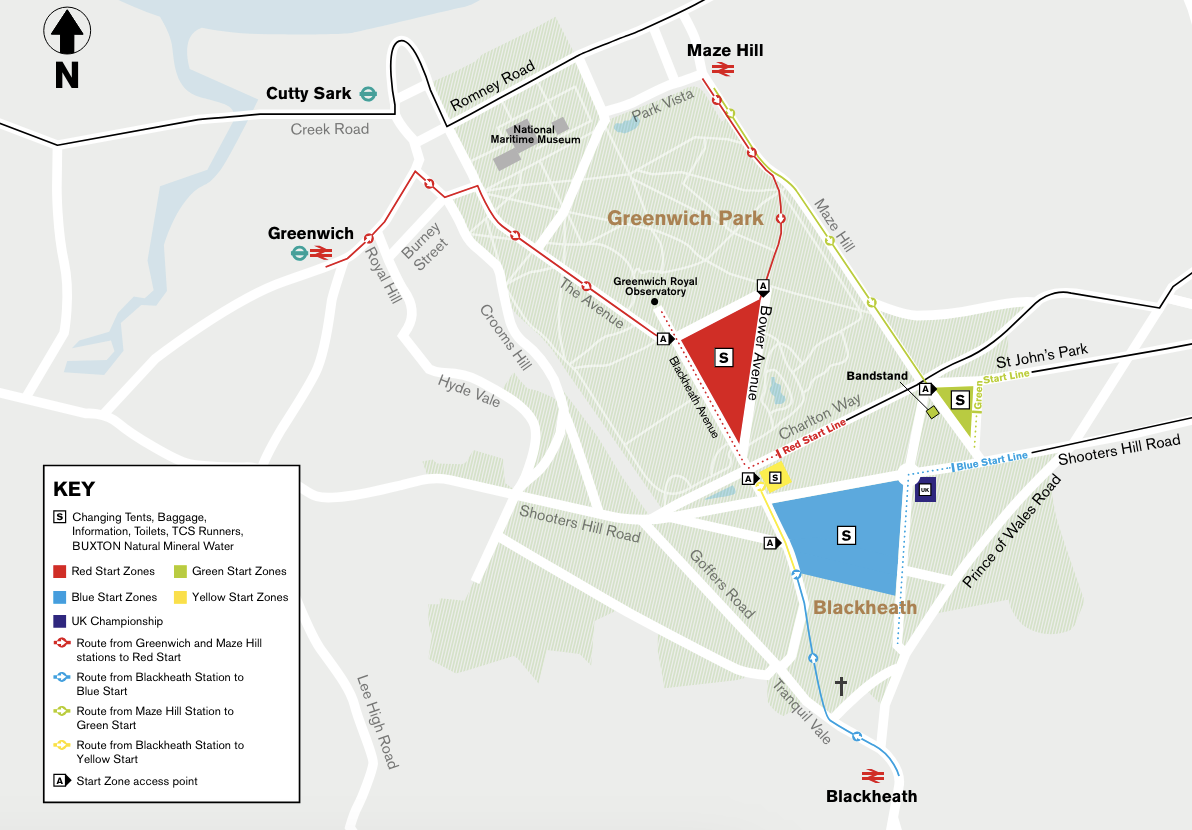
It’s best to take a train, underground or DLR to the start as there are extensive road closures in place. On race day (until 6.30pm), runners get free travel on Underground, Overground, DLR and buses – just show your race bib and you’ll get through (only runners get free travel, not spectators).
Friends and family can travel with you to the start, but won’t be able to go into the assembly area (this can be helpful if you want to discard clothes and have them carry things for you!).
While the official directions are best to follow, all routes begin from a similar location, so you can take a different route if it’s easier based on where you’re staying, or if you don’t mind a longer walk (each start is 10-20 mins walk from the nearest public transport – and the walk is uphill if you’re coming from the Greenwich side). Aim to be at your assembly area at least an hour before your race begins.
Toilets: There are lots of toilets throughout the race village, but inevitably you’ll need to queue. The lines may be long, but they move quickly. There are male and female urinals which often have shorter queues. Consider taking some tissues or toilet paper, just in case. Once you head into your start corral (a few minutes before you start the race), there are no more toilets until you’re on the course.
Start Time: You’ll be told about your specific start time and start corral in advance in your pre-run communication from the London Marathon. Elite women begin around 9:40am and the men and mass start goes at 10am, but there are a lot of starting waves in each colour, with the final wave starting at 11.30am.
Things to know about running the London Marathon
Distance Markers: The route has distance markers at each mile and 5K throughout the race, with a timer showing the elapsed time from the 10am mass start. With 1K to go, you’ll see signs for 800m, 600m, 400m and 200m to go – time to pull out that sprint finish!
Blue Line: You’ll see a painted blue line down the middle of the road, and this is the correct measured distance of the route. The participation guide says to let faster participants stick to this line.
Drinks Stations: There are 12 water stations along the course, with Buxton water available in 250ml bottles. The distance between water stations varies from 1-3 miles. See precise locations in the Event Guide. At mile 15 there’s a water refill station for anyone carrying their own hydration packs, flasks or bottles.
Energy Stations: There are four energy stations where orange-flavoured Lucozade Sport is available in miles 7, 15, 21 and 23. Lucozade gels are available at miles 14 and 19. If you think you’ll want to have the Lucozade products along the course then we recommend buying some in advance to test it on your long runs (“nothing new on race day!”).
Pacers: There are a large number of pacers to help you achieve goal times. They’ll be wearing a large flag on their back and they’ll begin from each start line, staggered through the different start times. Pacers range from three hours to seven-and-a-half hours. Popular goal times like 3:00 and 4:00 tend to have a large pack running with them, but remember to run based on how you feel, not just how fast you hope to go. Here are all the pacers on the course: 3:00, 3:05, 3:10, 3:15, 3:20, 3:25, 3:30, 3:35, 3:40, 3:45, 3:50, 3:55, 4:00, 4:05, 4:10, 4:15, 4:20, 4:30, 4:40, 4:45, 5:00, 5:15, 5:30, 5:45, 6:00, 6:15, 6:30, 6:45, 7:00, 7:15, 7:30.
Toilets: There are portaloo toilets at every mile on the course from mile 1 to 24. There are accessible toilets at the start and finish, and every even-numbered mile (i.e. 2, 4, 6, etc) until mile 24.
Sanitary Products: These will be available at all Drinks Stations, Information Points and changing rooms, as well as other useful items such as hair ties, breast pads, tissues and wet wipes.
Family Support Area: At the finish, there is an area for families with younger children. It includes space to breastfeed and/or express milk, plus facilities for baby changing and feeding.
Reflection Space: Just before halfway, south of Tower Bridge, there will be a quiet space with noise cancelling headphones and bean bags. In the Finish Area there is a reflection area including a faith space and quiet space – the quiet spaces are mainly for neurodivergent runners.
Slower Runners & Walkers: The finish line on The Mall closes at 7.30pm, but is then moved to St James’s Park and is open until 11.59pm. Drinks Stations and pace mats are closed on a rolling basis at eight-hour finishing pace. Anyone finishing after 7.30pm can continue but must do so on the path and not the road. A team of Tailwalkers will support you.
Dropping Out: Sometimes the race doesn’t go to plan and you need to drop out. The race organisers recommend you drop out at a First Aid station. If able, they suggest you should take public transport to the finish area (get to Embankment station and walk from there – travel is free for runners). The alternative is to wait for two sweep coaches, but these drive at eight-hour completion pace, so this may result in a long wait.
The London Marathon Course
As the London Marathon travels around the city, you’ll pass through six London boroughs, crossing the river from south to north just before halfway. After a downhill near the beginning, the course is mostly flat, though it undulates a little in places. There are no significant uphill sections to concern you and the steepest incline is getting on to Tower Bridge. See the course and Strava route by clicking the map below or this link.
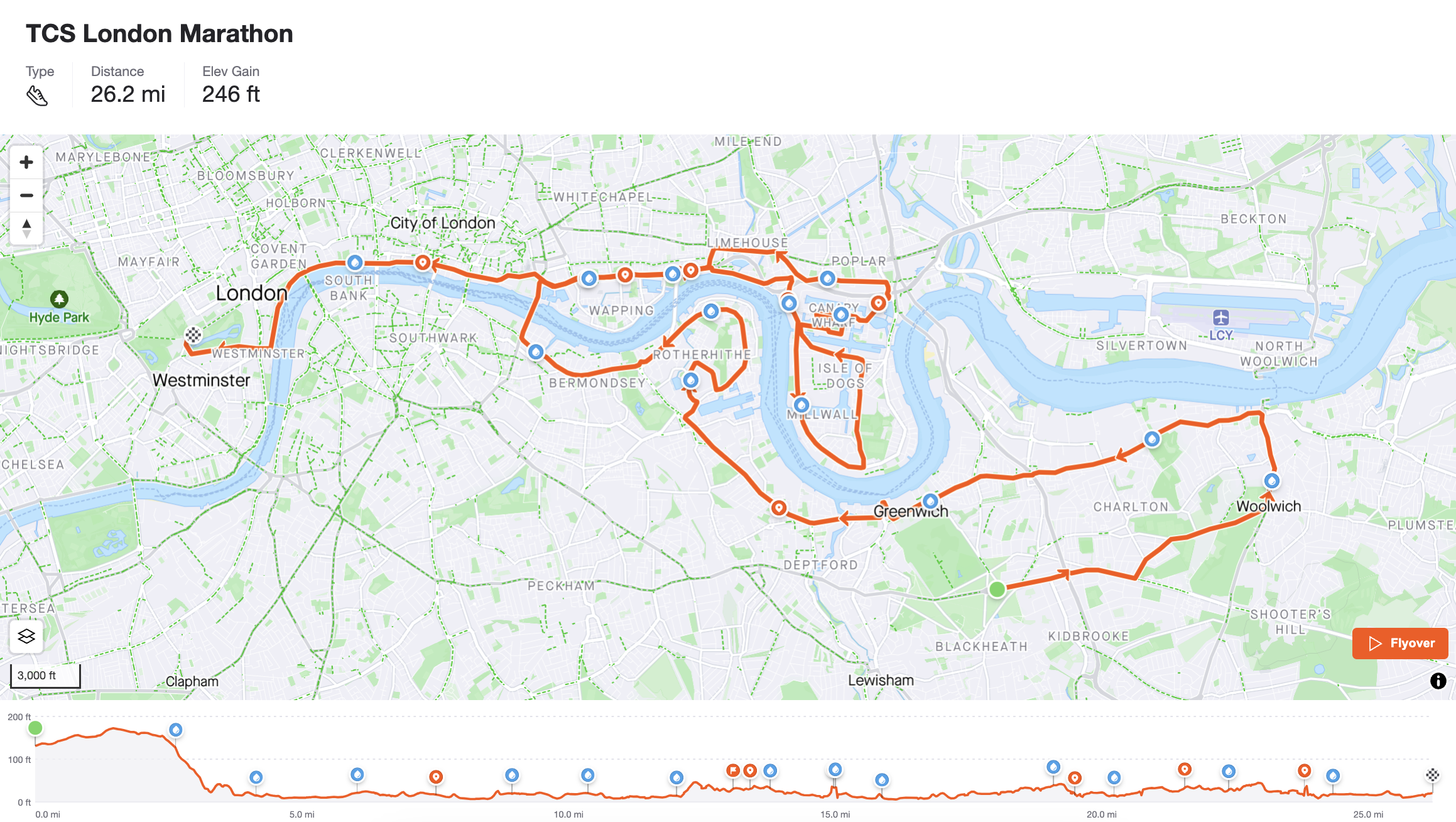
Mile 0-2: The run begins by heading east to Woolwich. It’ll be crowded on the roads and this part is slightly uphill (you’ll barely notice it, don’t worry). Just take it easy and stay calm.
Mile 2-6: There are different start lines for the race, and they all converge around 2.8 miles in, which is in the middle of a fairly long, steady downhill. Try to keep a controlled pace, especially as the roads get busier. Then you’ll be into a nice straight flat section heading to Greenwich. Settle into the pace that’s right for you.
Cutty Sark: At 6.5 miles (just after 10K) you come to Cutty Sark, one of the loudest and most memorable parts of the course. All the way into Greenwich and out the other side is really busy with supporters, so enjoy the atmosphere here.
Mile 7-12: There are some busier sections of supporters around Surrey Quays and Canada Water, then it can get a little quieter on the residential streets. The crowds grow again as you head through Bermondsey and towards Tower Bridge.
Tower Bridge: One of the best sections of any world marathon, you take a right onto Tower Bridge Road and the handsome old bridge is in front of you. It’s loud and there are many cheering supporters, so take in all their energy and make sure you smile. It’s a slight incline to go over the bridge, but you won’t notice it if you’re enjoying the cheering. Tower Bridge is where you cross to the north side of the Thames.
Mile 13-15: There’s a section here where you pass runners who are in mile 22. Cheer across to those running in the opposite direction to you (and don’t be disheartened by those ahead of you as they likely started long before you). Focus on your own race here and run at a steady pace.
Mile 15-20: Isle of Dogs and Canary Wharf was typically an area of the course that was quieter, but that’s no longer true, especially directly around Canary Wharf. Just watch out because the GPS on your watch will likely lose signal beneath all the skyscrapers, so don’t be concerned if you get some unusual splits and paces – try and run consistently through here and save some energy because you’re getting into the harder final miles now.
Mile 20-21: There’s not much to see here and this section of the course can be quieter (and more peaceful after all the cheering!), which also comes as you’re getting more tired. You’re about to come back to the bigger crowds, so hang in there!
Mile 21-24: After Limehouse, which usually has lots of supporters, you’ll double-back on the people running at mile 14. There might not be big crowds there, but there’ll be lots of runners nearby, so help each other out as you head back towards the cheers at Tower Bridge. You’ll pass the Tower of London and you can see The Shard behind it, showing the best of London old and new (which is followed by an uninteresting mile or so). As you come up from the Blackfriars Underpass (a sneaky hill which hits deep in the race) onto the Victoria Embankment, you’ve only got two miles to go. No matter how you’re feeling, just try and enjoy this. For many, this amount of people cheering for you will be a once in a lifetime experience – and you’ve earned it!
Mile 24-26: You run alongside the Thames here and the atmosphere is incredible, as are the views, with the London Eye to your left and Big Ben at the end of the road ahead. You’ll reach Big Ben at mile 25.5, turning right at the Houses of Parliament, then along the crowd-lined Birdcage Walk. You’re so close now!
The Finish: Just after the mile 26 marker you’ll turn right and see Buckingham Palace, then another right and you’ll run onto The Mall, and the finish line will be 200m ahead of you. Listen to all the cheers and take it all in as you become a finisher of the London Marathon.
Supporting the London Marathon
Some supporters find chasing their runners around to be one of the most exciting parts of the marathon, while for others it can be just as stressful as running it. Either way, supporters might feel like they’ve completed a marathon as they rush around the city hoping to catch their runner as they pass certain landmarks.
The Official London Marathon App has a tracking feature allowing you to follow your runner’s progress. If they carry their phone during the run and enable GPS, then you’ll be able to see their live progress (very helpful to know when they’re nearby!). If they don’t plan on running with a phone then you’ll get time updates every 5K (or you could give them an AirTag to wear). A top tip is to find out what time they start the race and work out what pace they hope to run, then you’ll be able to know roughly what time they’ll pass by different parts of the route.
Ambitious supporters should study the course map and compare it to the London tube map to see what you think you can achieve on race day.
Certain sections of the course are always very busy with supporters, and crowds might be 3-4 people deep, including much of Greenwich (especially Cutty Sark), Tower Bridge, and near Big Ben. If you’re happy to walk 10 minutes from these spots you’ll be able to find much more space.
And there are several accessible viewing areas around the course, with the link giving you the what3words locations.
One final top tip from the team: try and agree which side of the street your friends and family will stand, that way runners can try and get to that side of the street to give you a high five.
The Ambitious Five Sighter: This is for those who want a challenge of their own on race day. Go to Greenwich, and watch from near the DLR stop at mile 7. When your runner passes, go north on the DLR to South Quay, then walk to see them near mile 15.5, then walk back a short way to catch them again at mile 18. Get back on the DLR to Tower Gateway and you can see them at mile 22.5. If you’re quick, take the tube and head to Westminster at mile 25.5. It’s busy around there, so if you miss your runner then at least you’re close to the meeting area around Trafalgar Square.
The Four Sighter: Start in Greenwich at around mile 7. Then get the DLR to Westferry where you can see them just before mile 15 and just after mile 20. From there, get the DLR to Tower Gateway, change to Tower Hill and go along to Westminster or Embankment.
The Three Sighter: Stick to the Jubilee Line for this one. Start at Canada Water or Bermondsey (between miles 11-12) and then get the Jubilee Line to Canary Wharf (mile 18.5-19), then back on the Jubilee Line to Westminster (25.5).
The ‘I don’t want to get lost on the Tube’ Two Views: Go to the north side of Tower Bridge and you’ll be able to see your runner pass at miles 12.5 and 22.5. It’s a fun place to watch from, but get there early as it gets very busy. An alternative is to stand near Westferry DLR you can see them just before mile 15 and just after mile 20 – they might be needing your support around this area!
There are many other alternatives and ways of seeing your runner as they take part in the London Marathon, so check the maps to work out what’s the best way for you.
The bag collection and meeting point after the London Marathon
You’ve finished! As you pass under the finish line on The Mall you’ll continue to walk straight ahead, where you’ll collect your medal, finisher t-shirt, water and foil blankets (if required). The whole area is around 800m long, and only accessible to runners. Your bag will be available for collection in this area, just head to the van with your bib number on it.
There are limited changing facilities (male, female and gender neutral), as well as a Family Support Area and Reflection Space (details above).
There’s a large open area of grass to the right, so you can take some time to sit, stretch out your tired and cramping legs, change any clothing, or message friends to tell them you’ve finished. When you’re ready, you can exit the finish area and return to real life. You’ll head out onto the street near Trafalgar Square, where you’ll be able to meet with family and friends (try and agree on a specific meeting point as it gets busy and phone signal may be poor) and then you can celebrate finishing the London Marathon!
Join us at Mile 27 to celebrate!
Want to come and celebrate with us before or after the race? We’ve got a pop-up shop just up the road from the finish line where we’ll be hosting lots of exciting events around the London Marathon. You can read all about Mile 27 here!
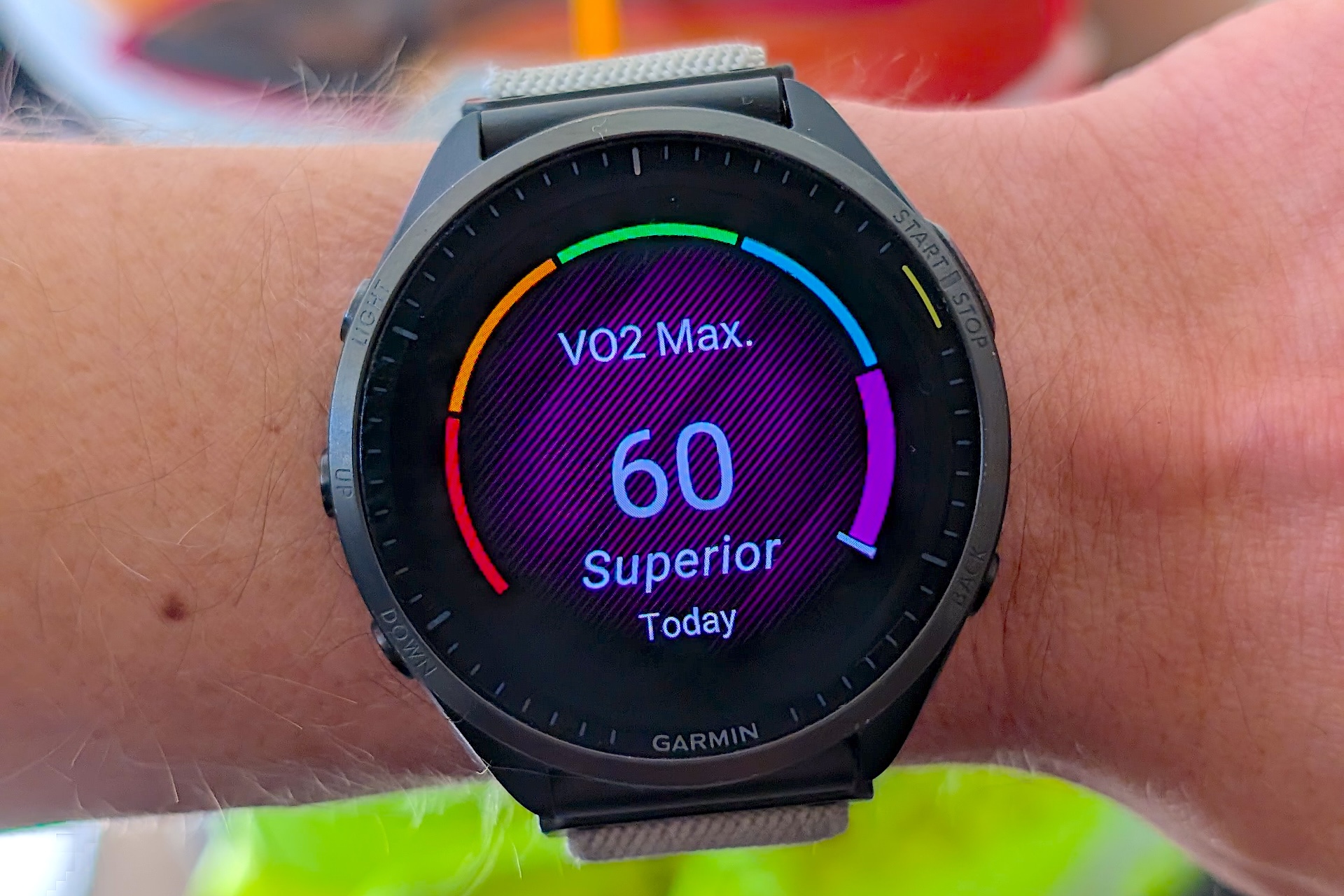
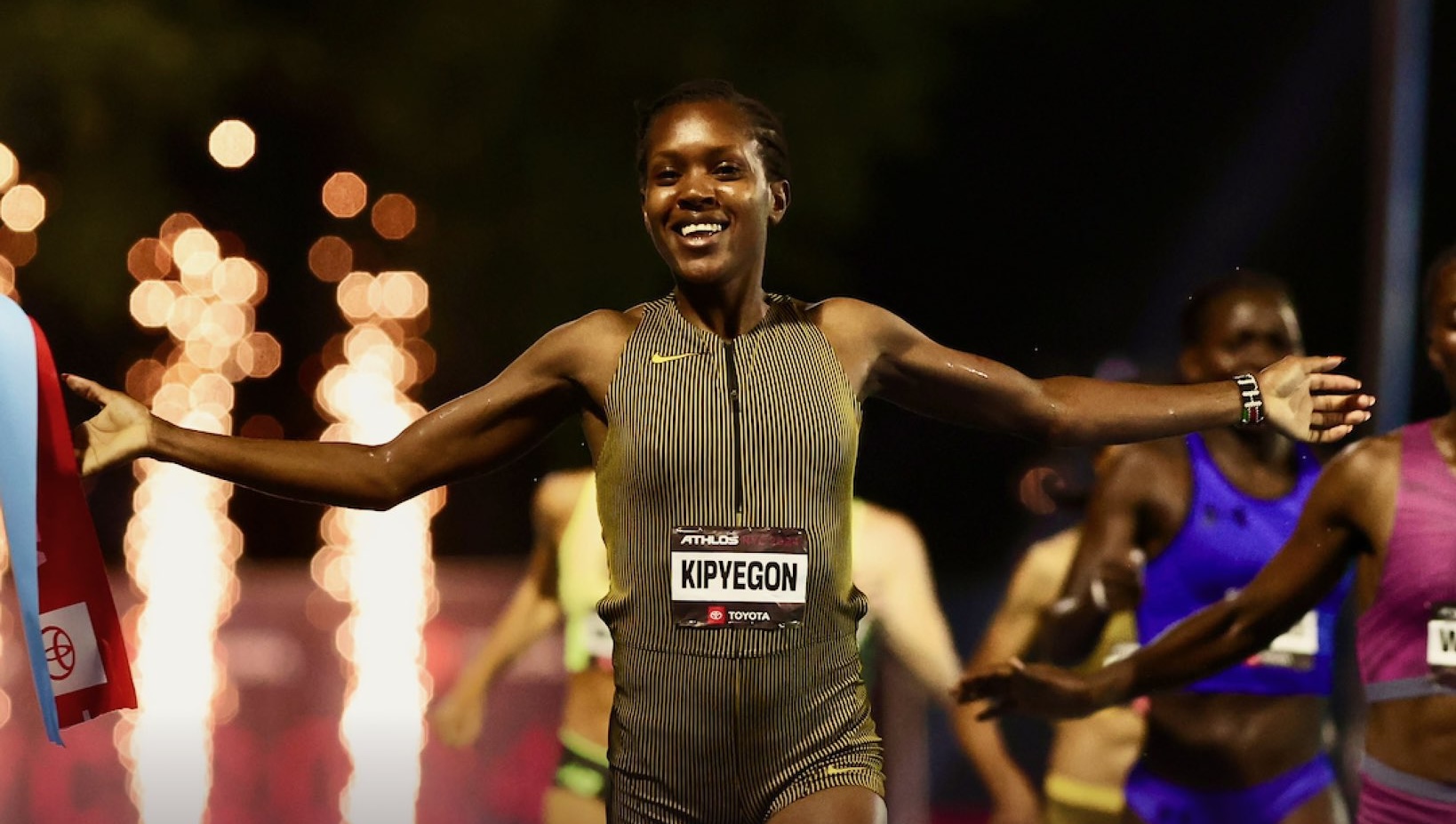
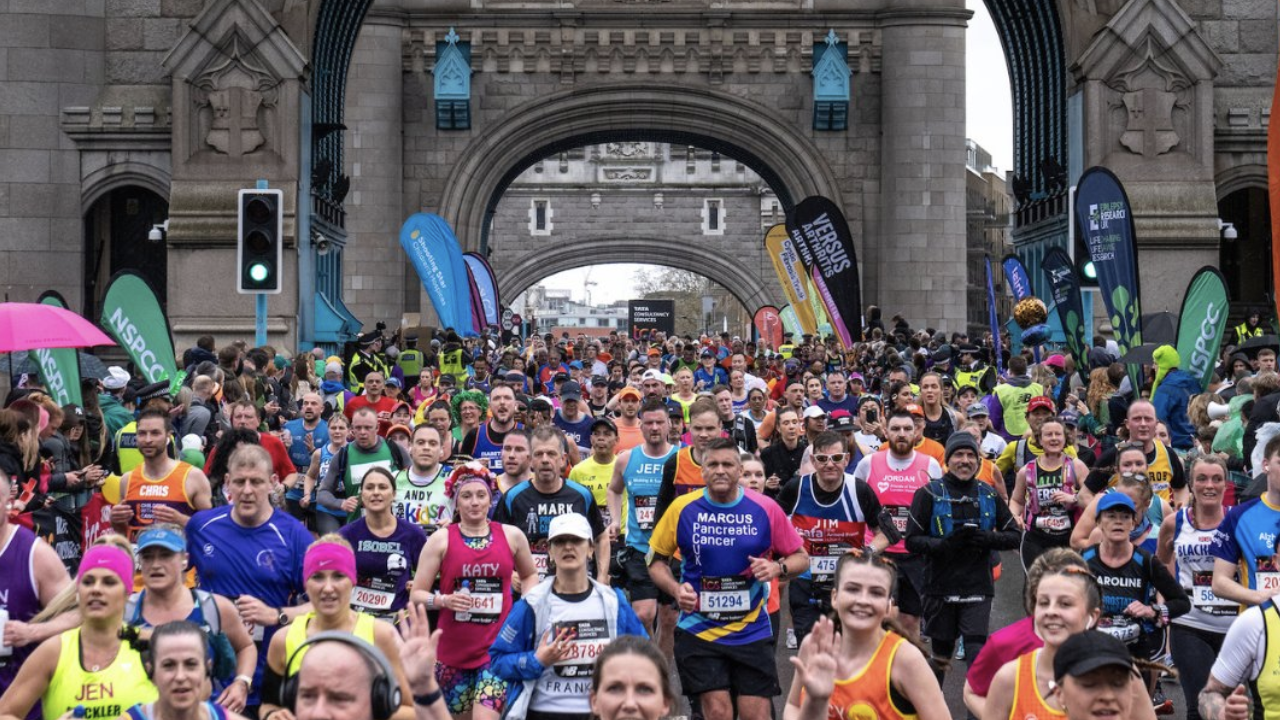
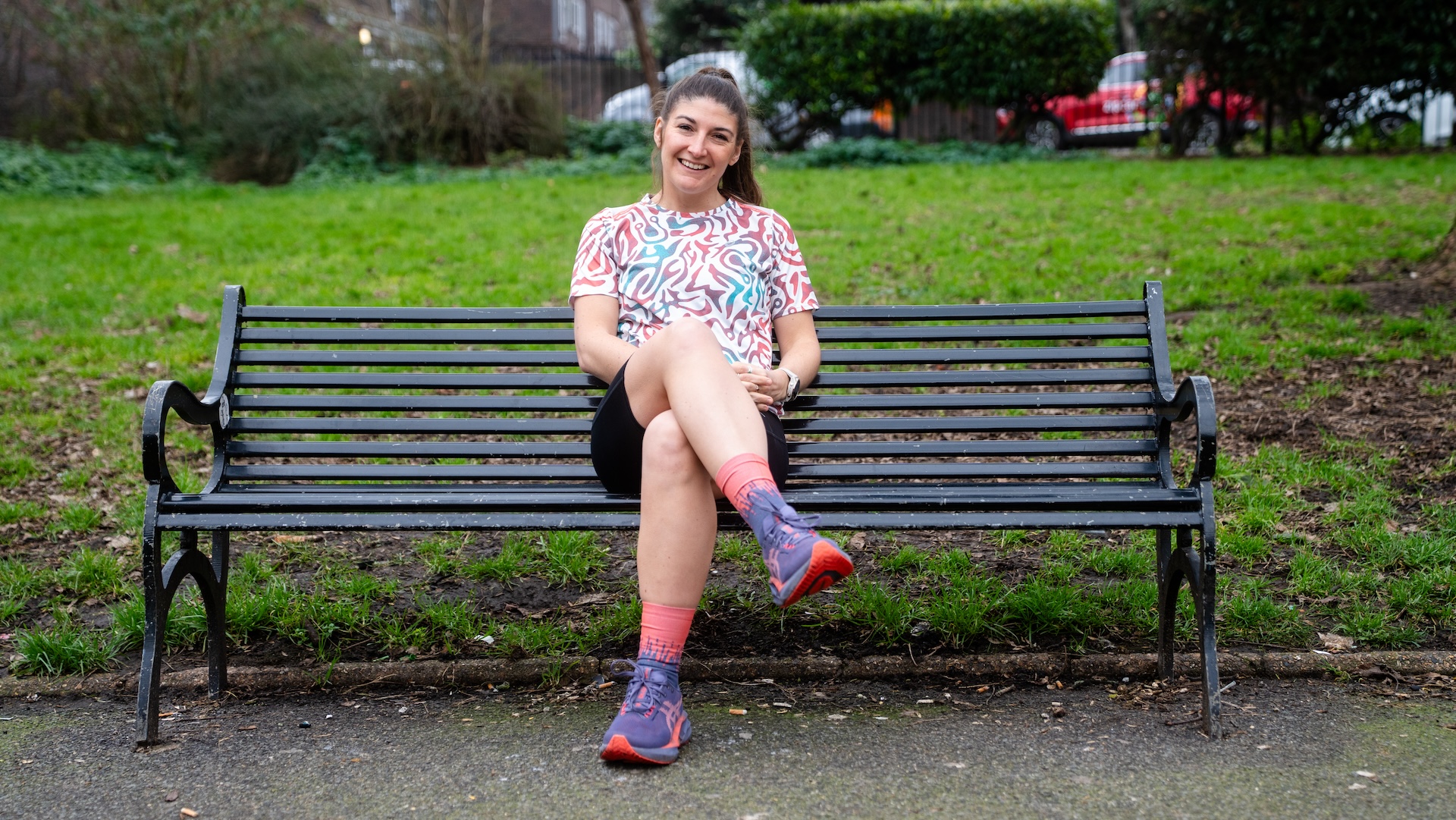

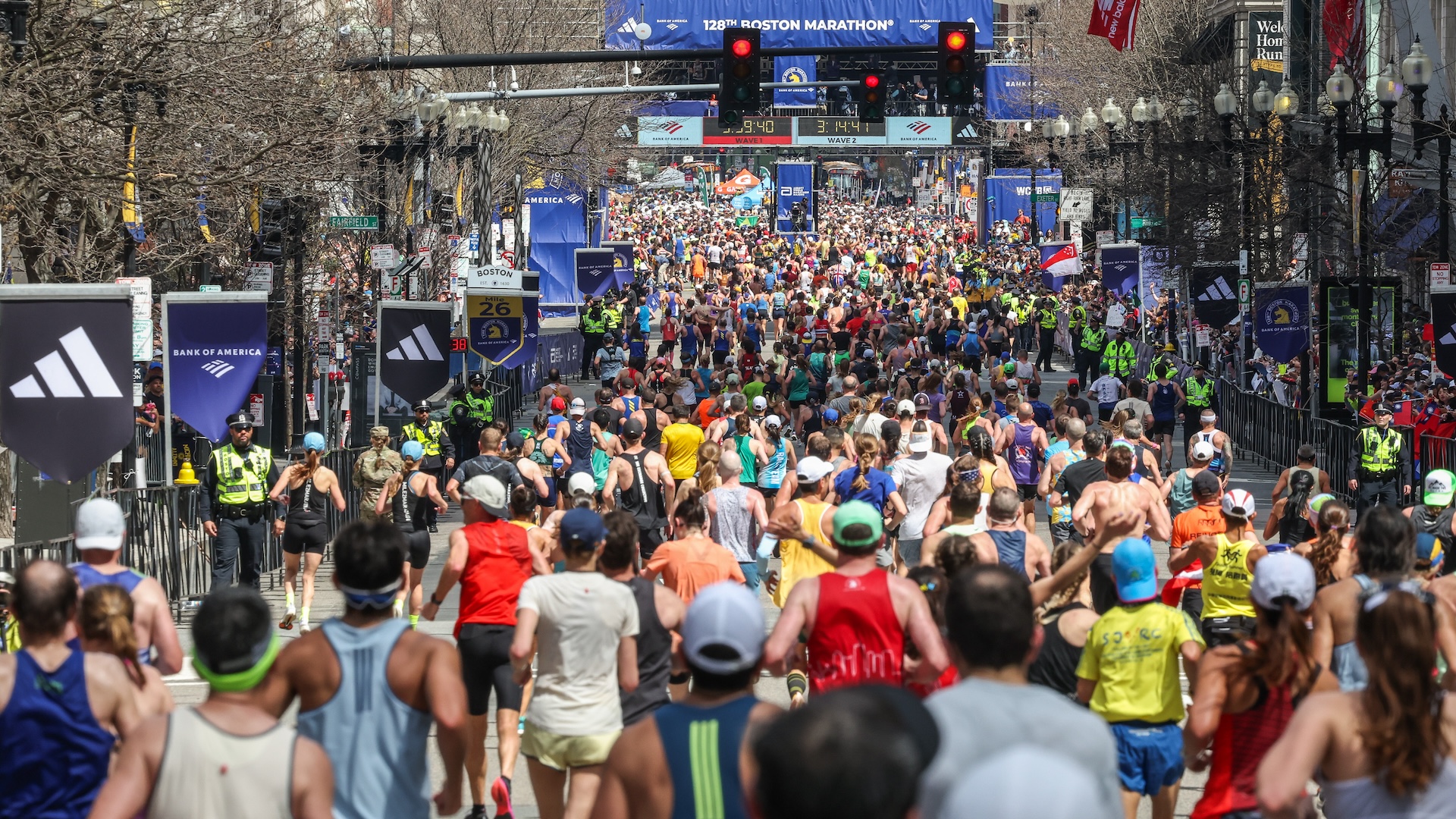
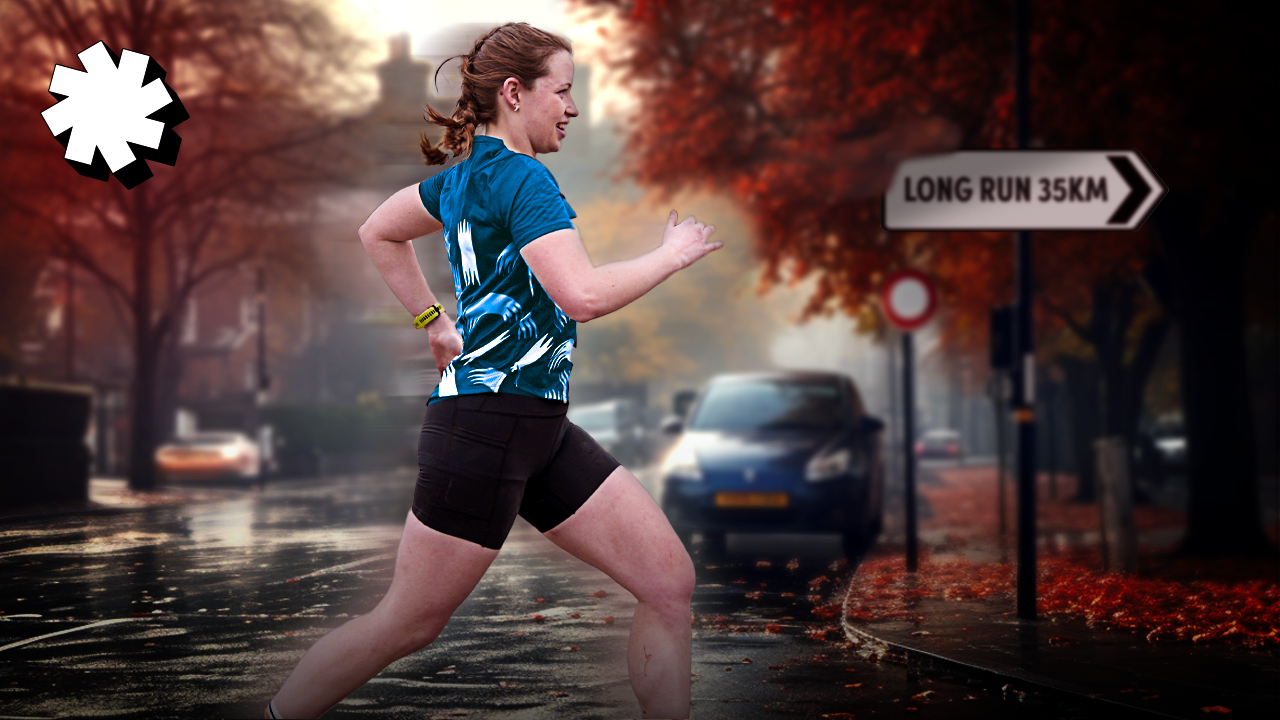
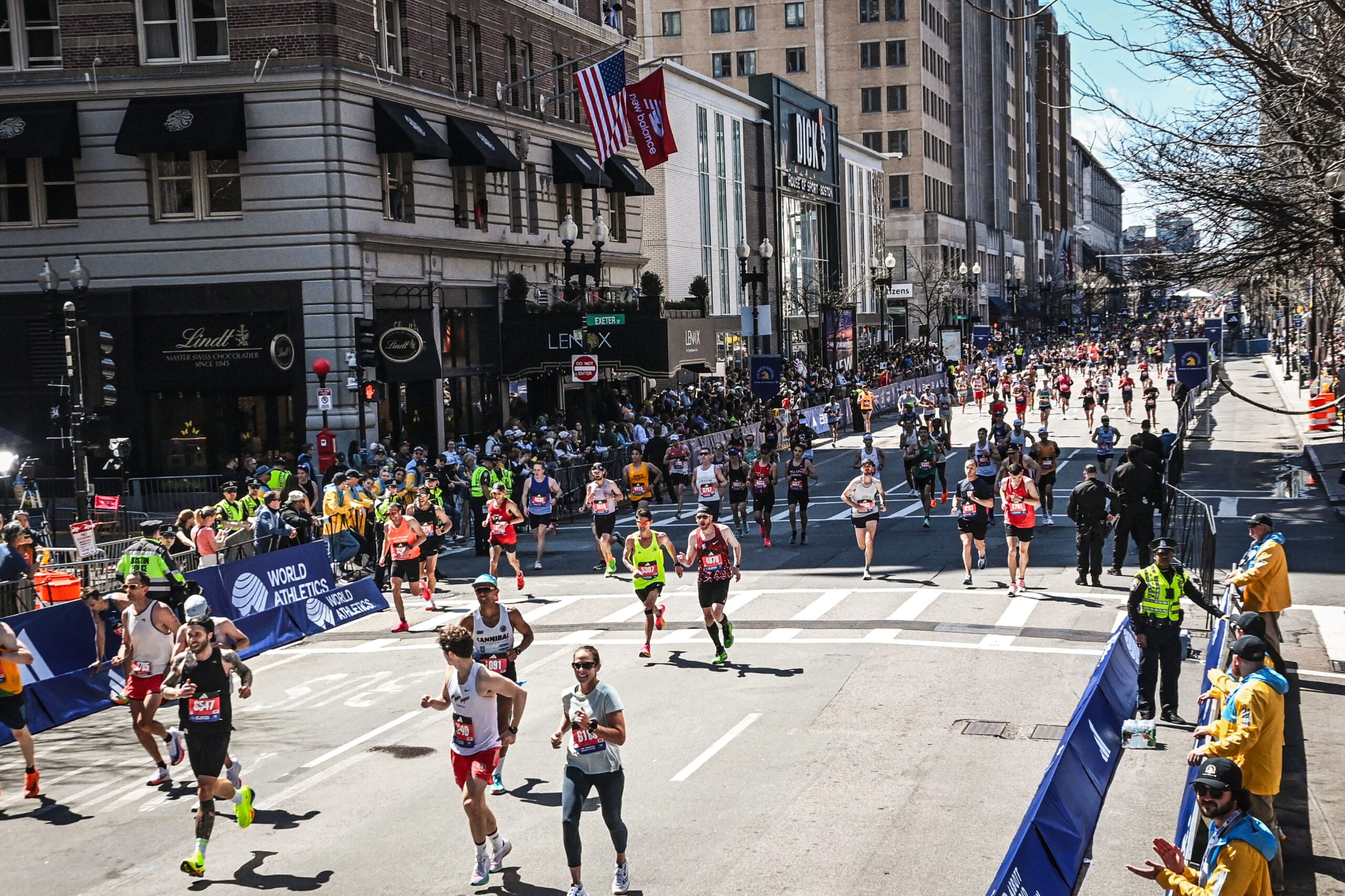
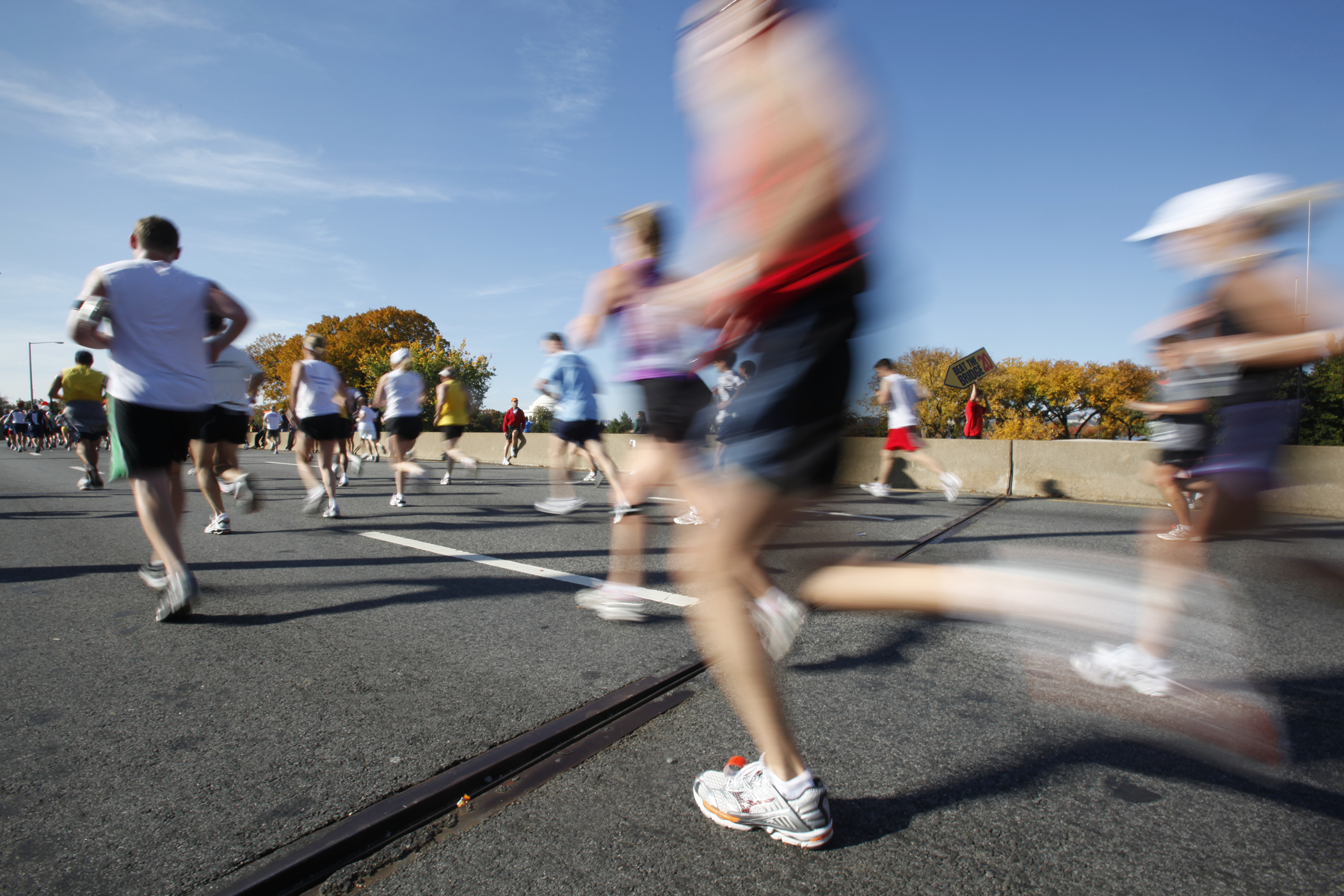
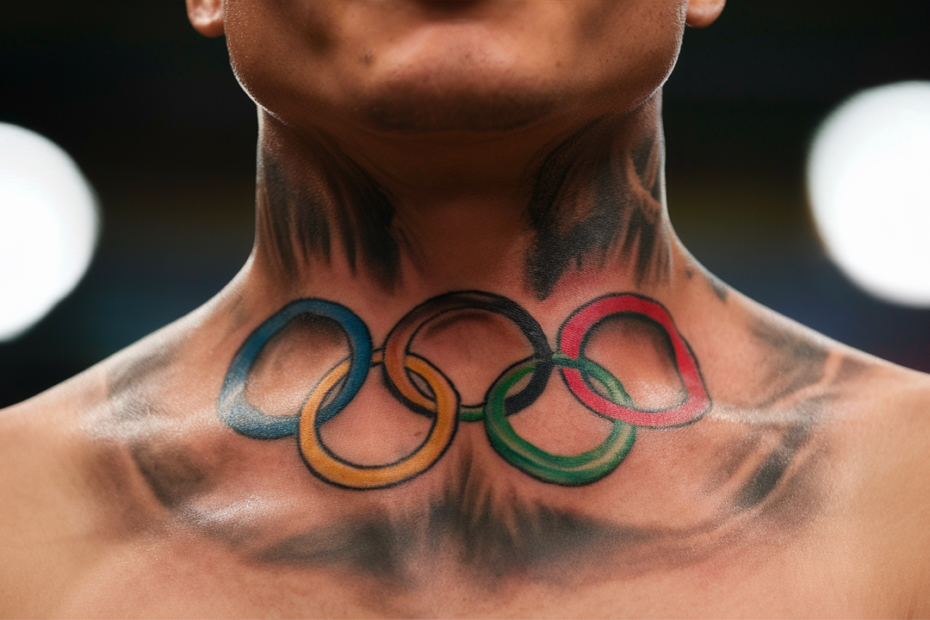
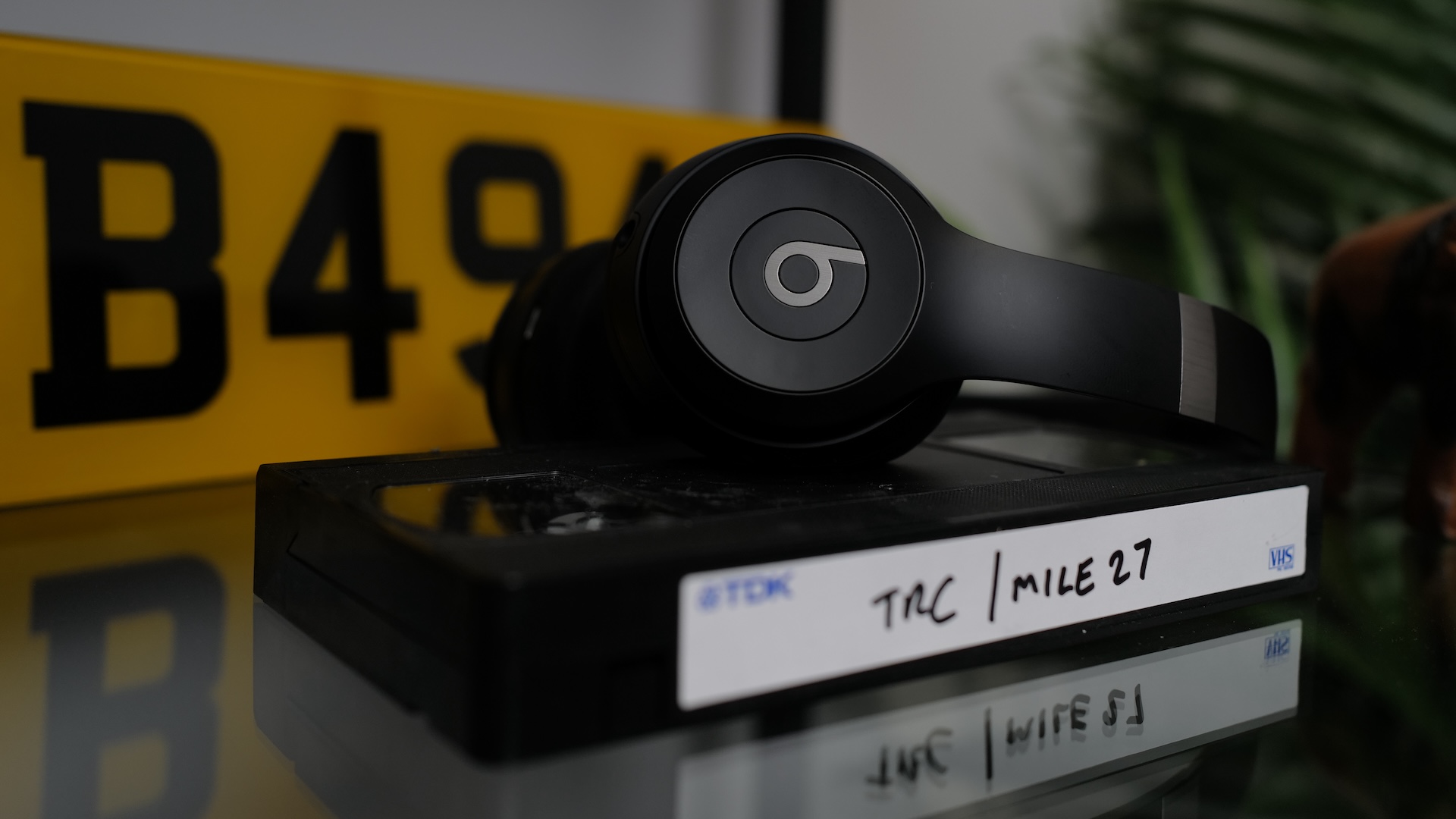
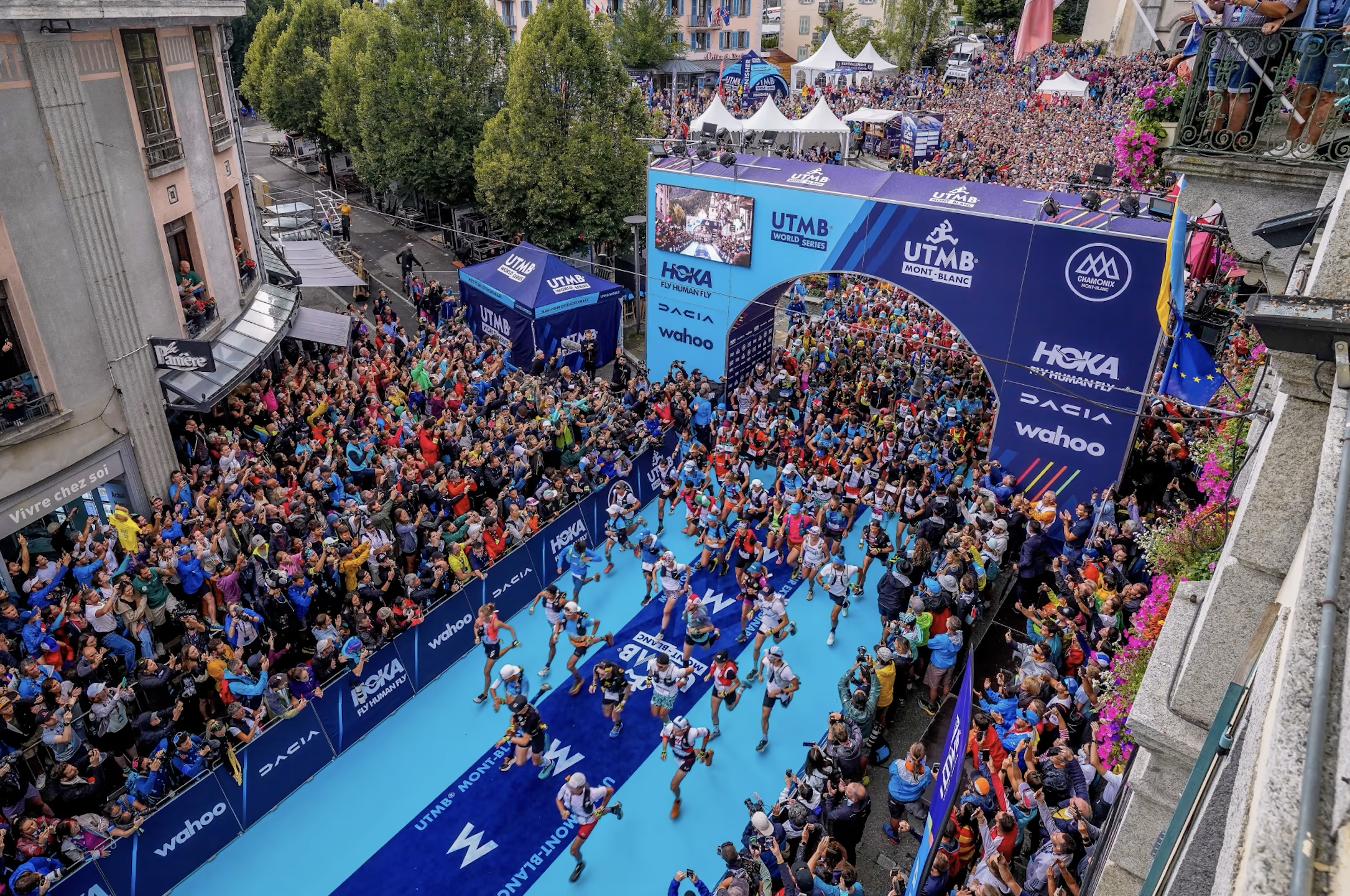

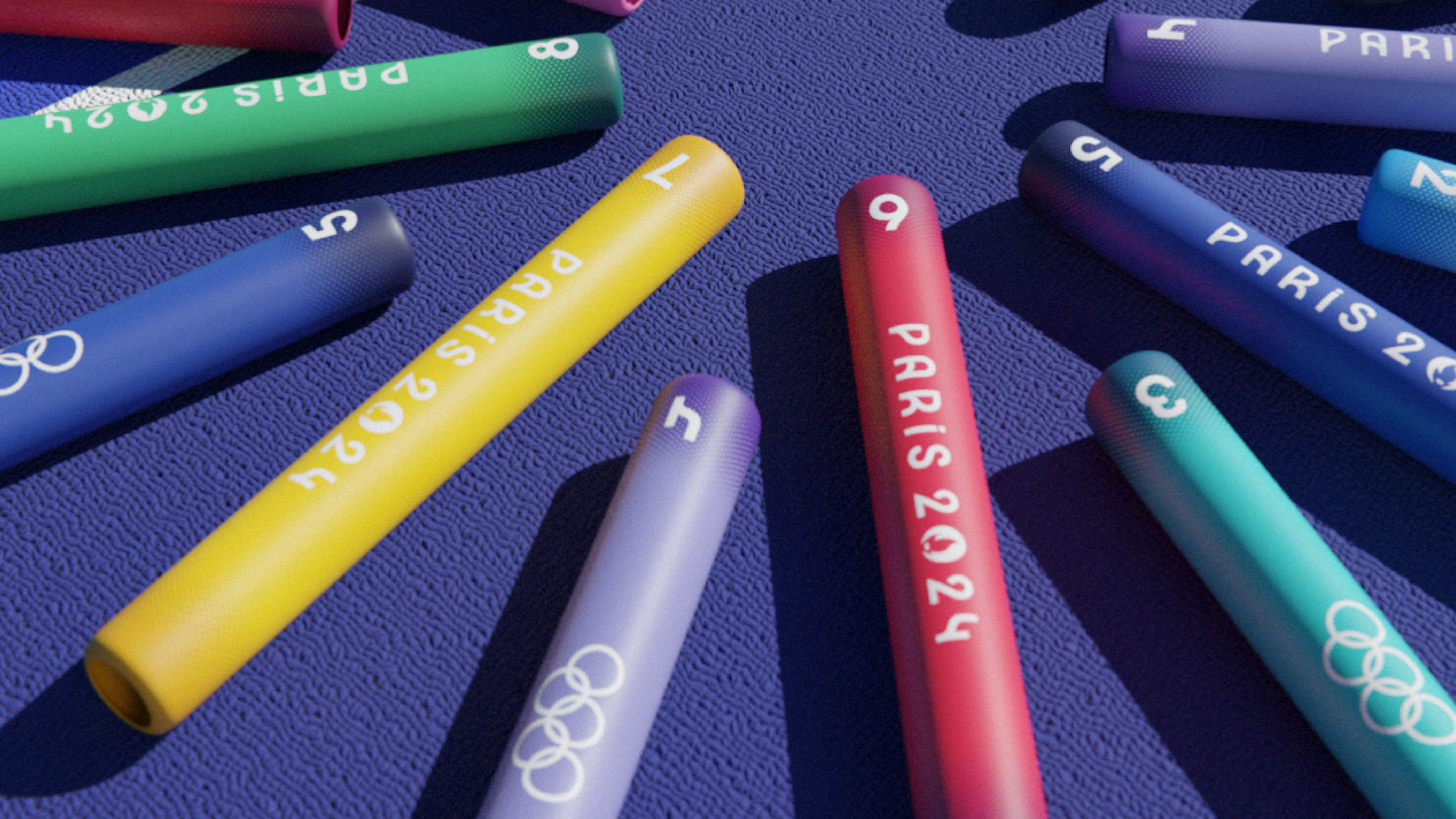
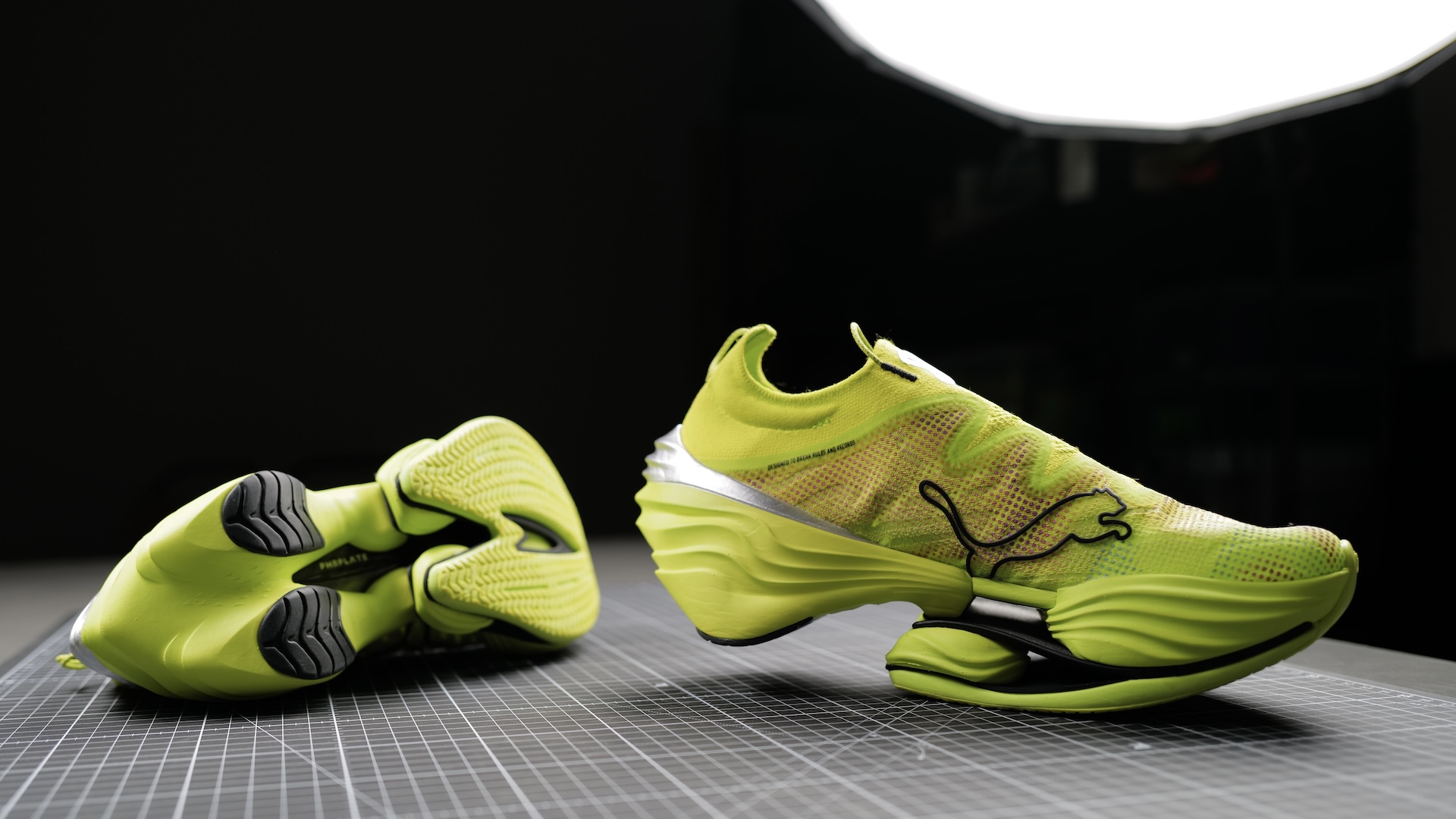
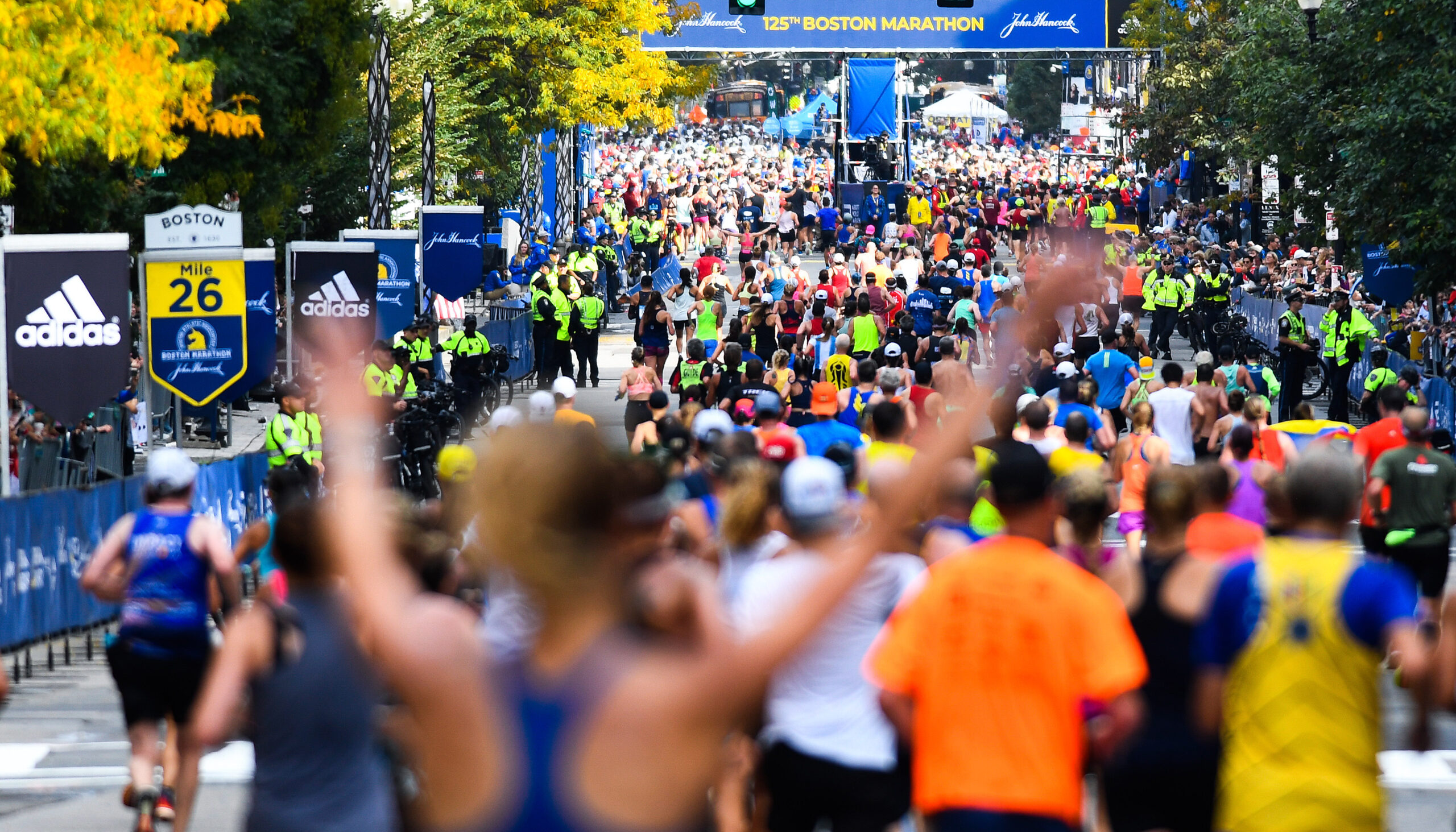
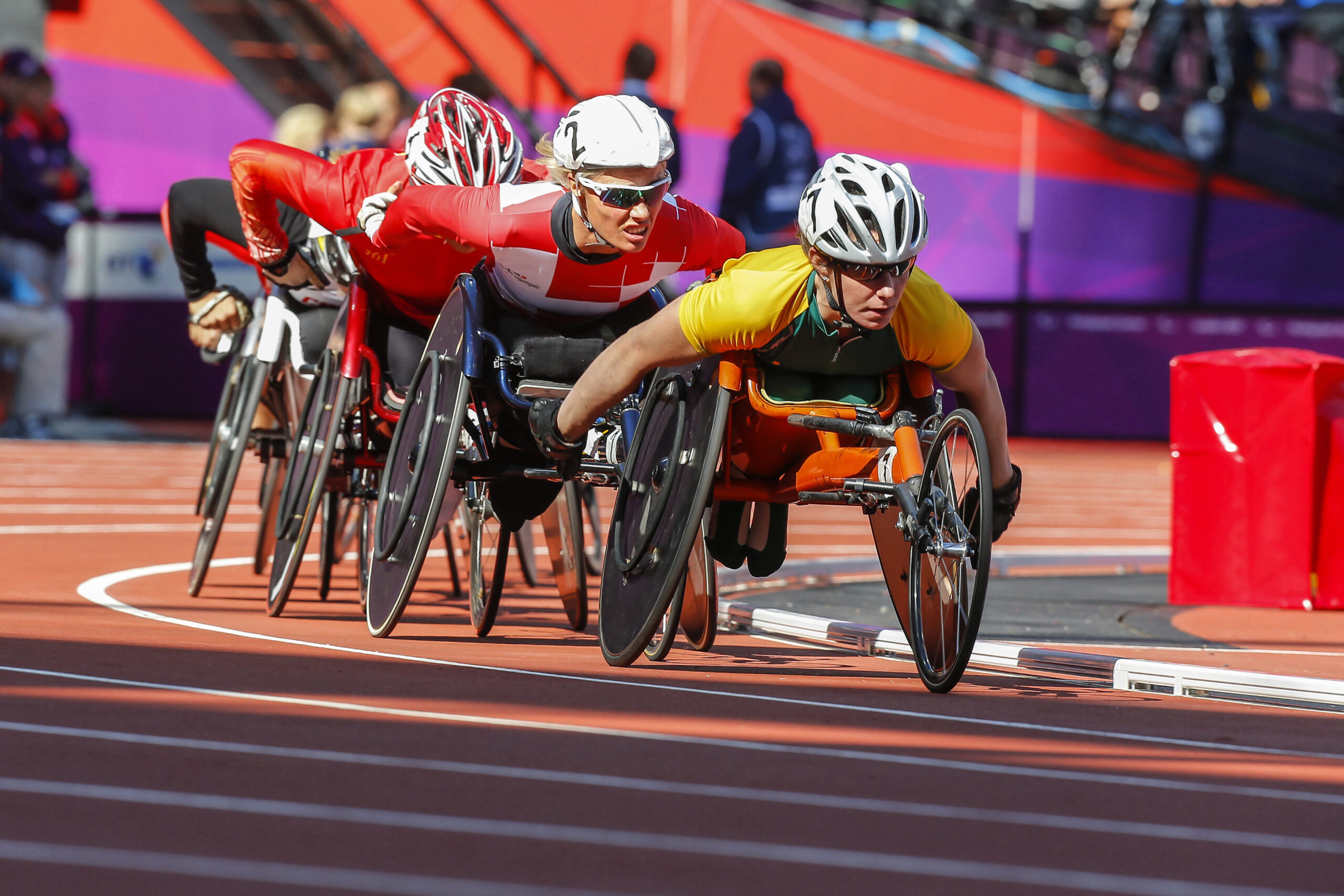

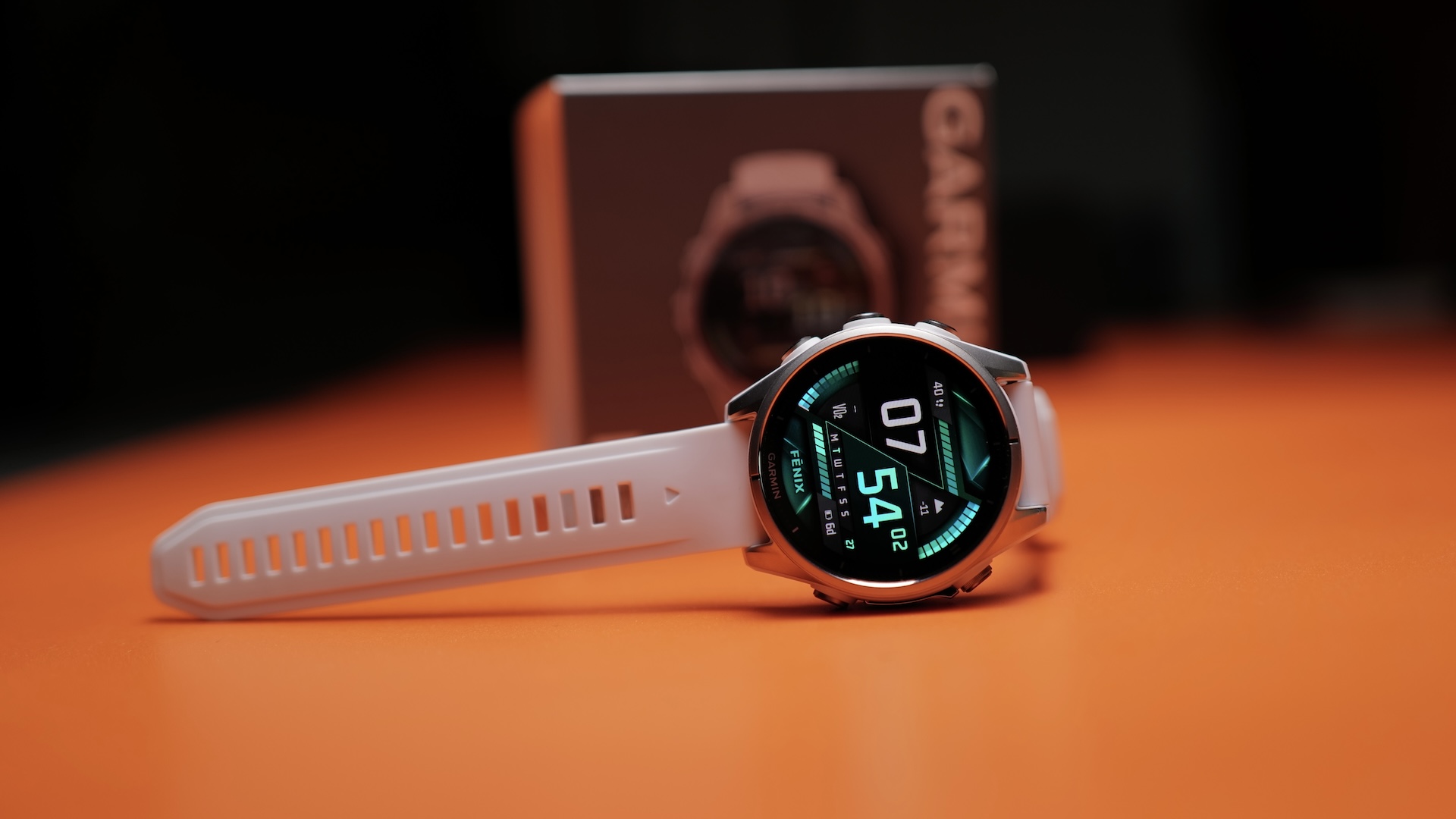
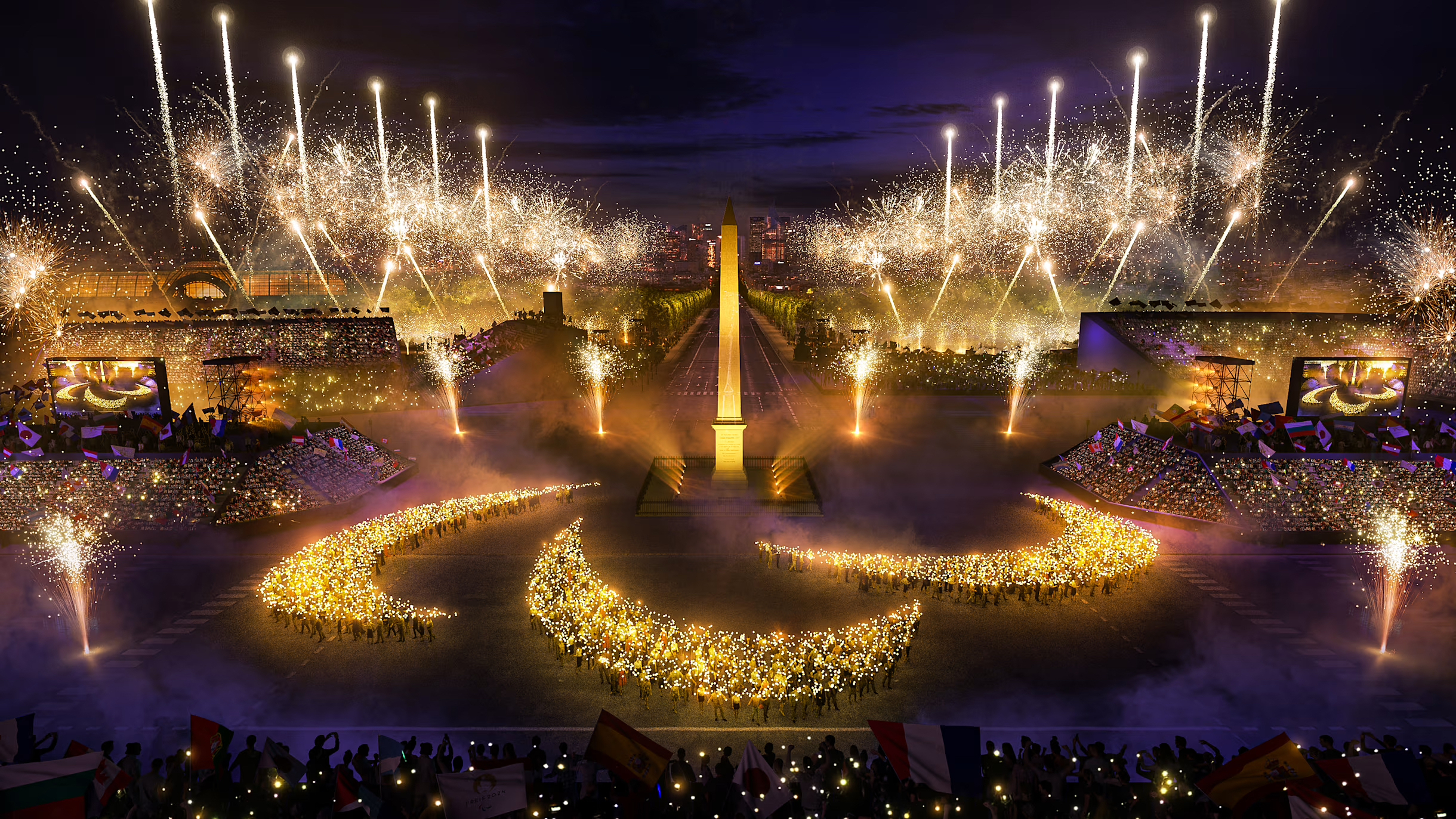
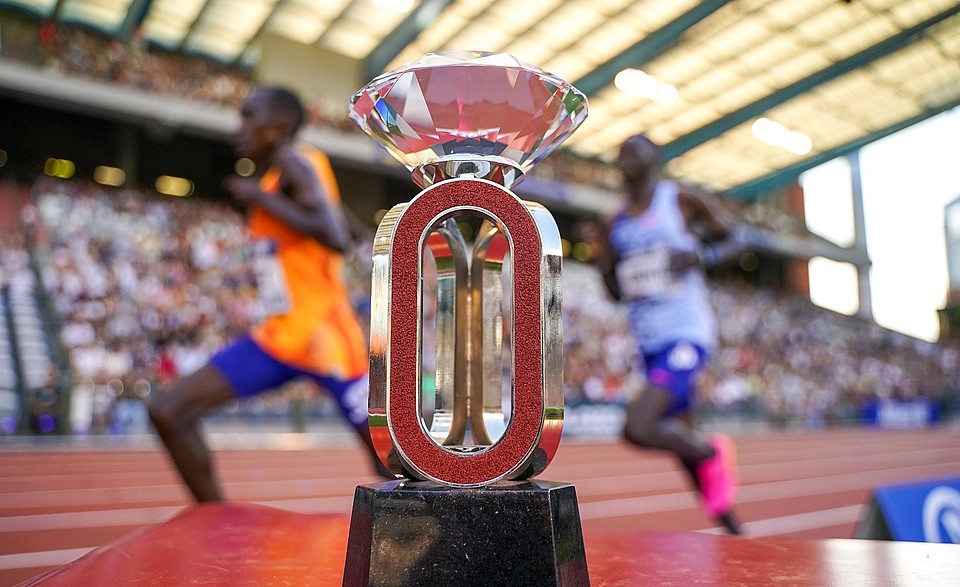
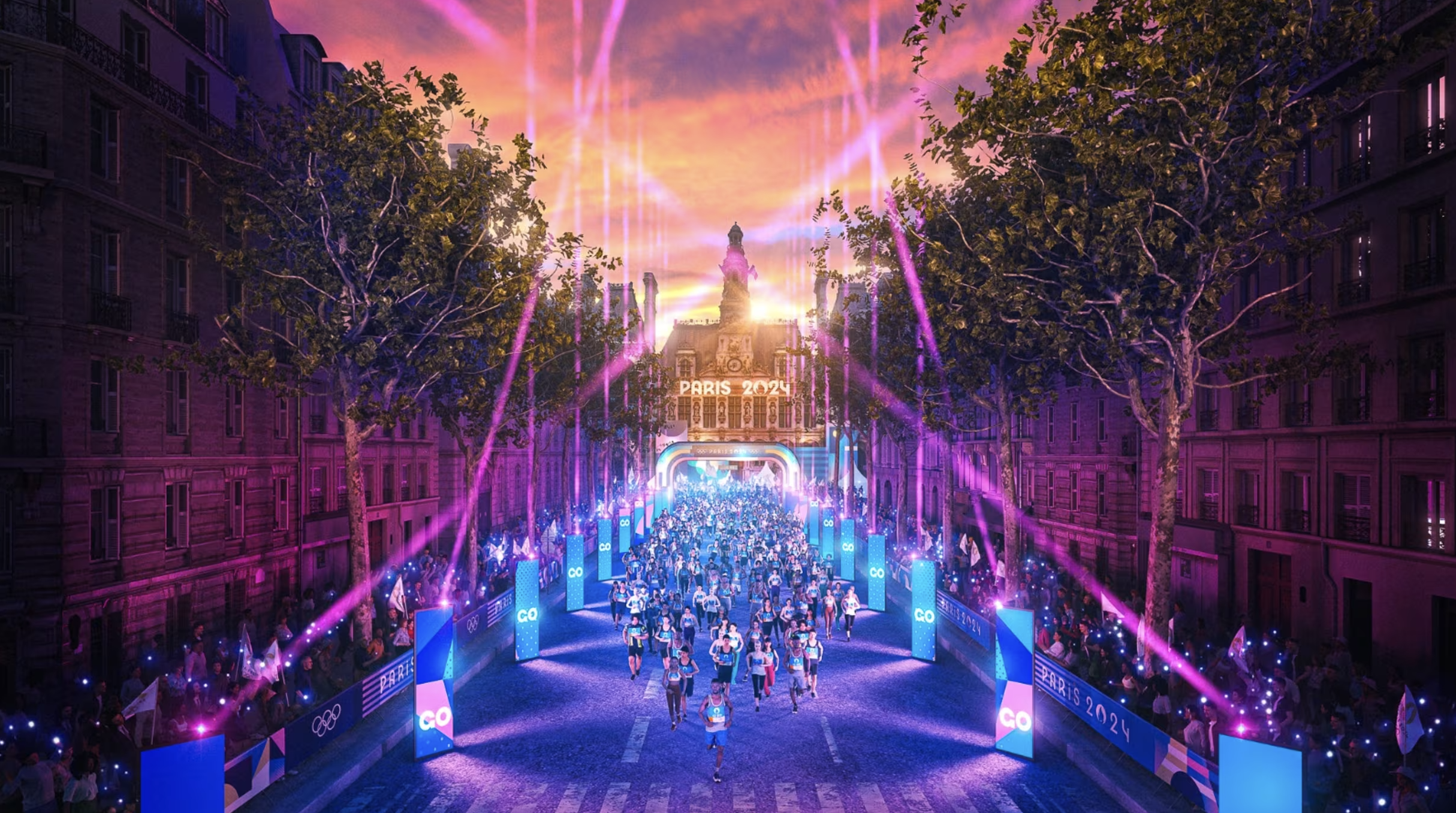
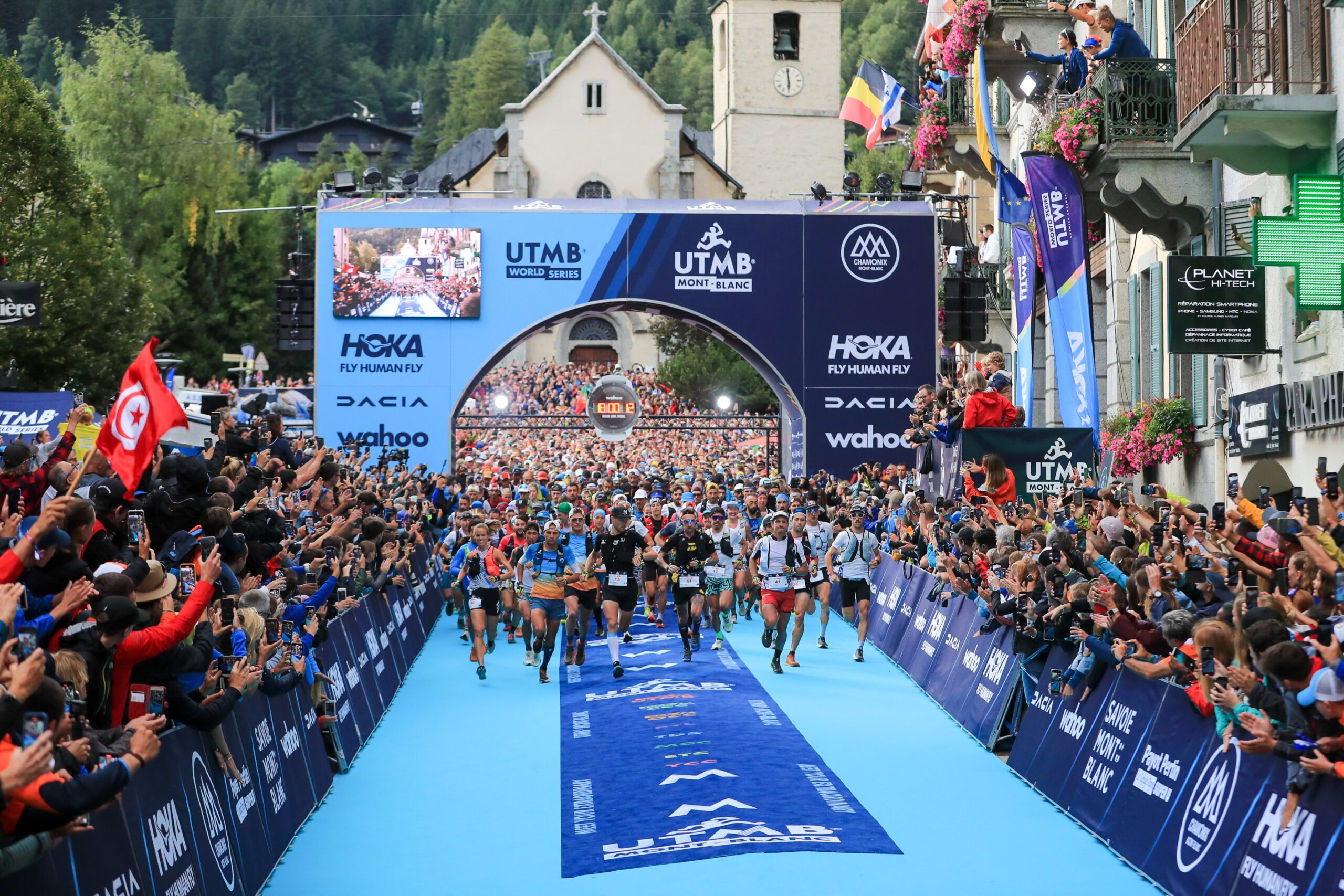
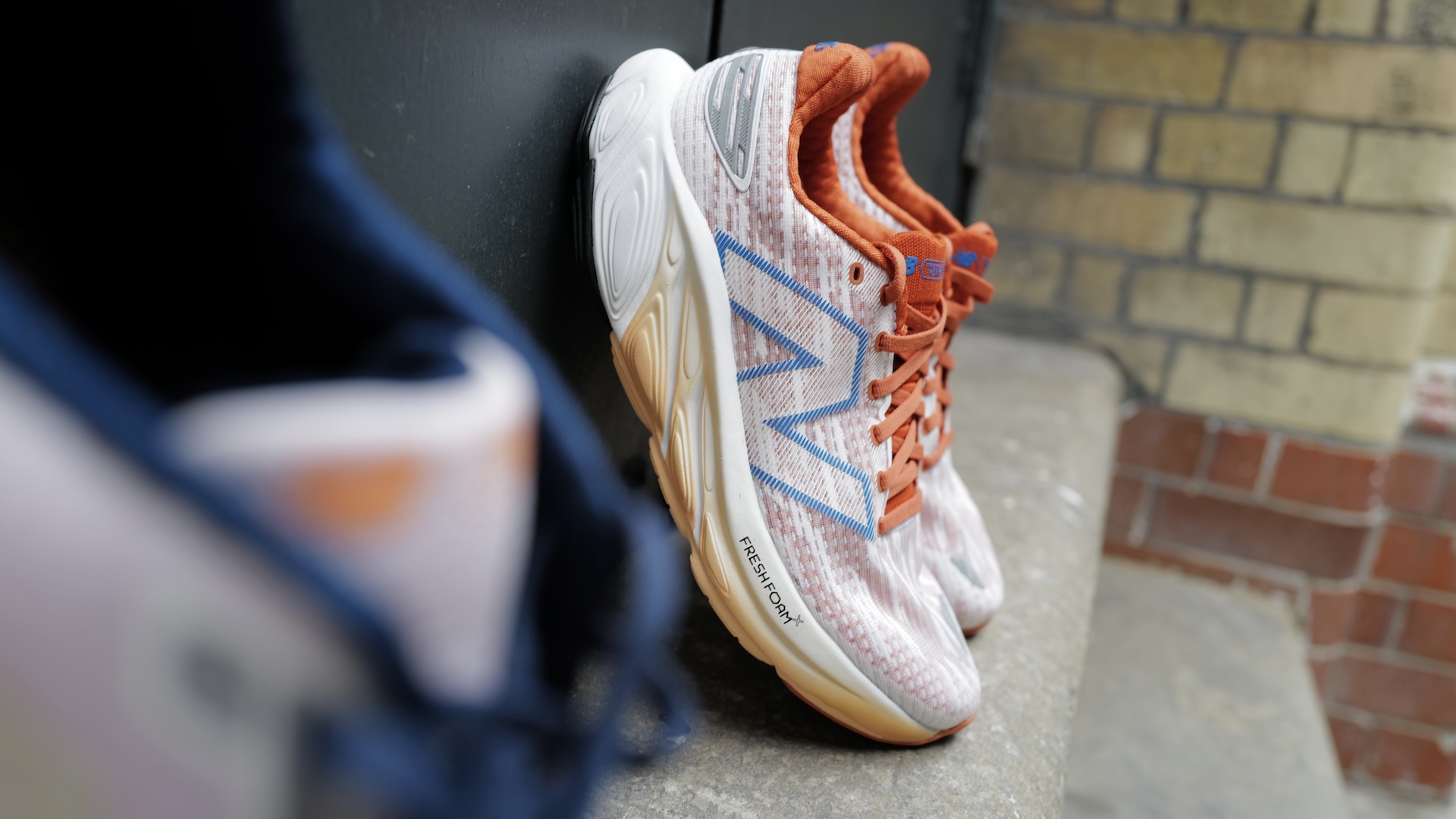
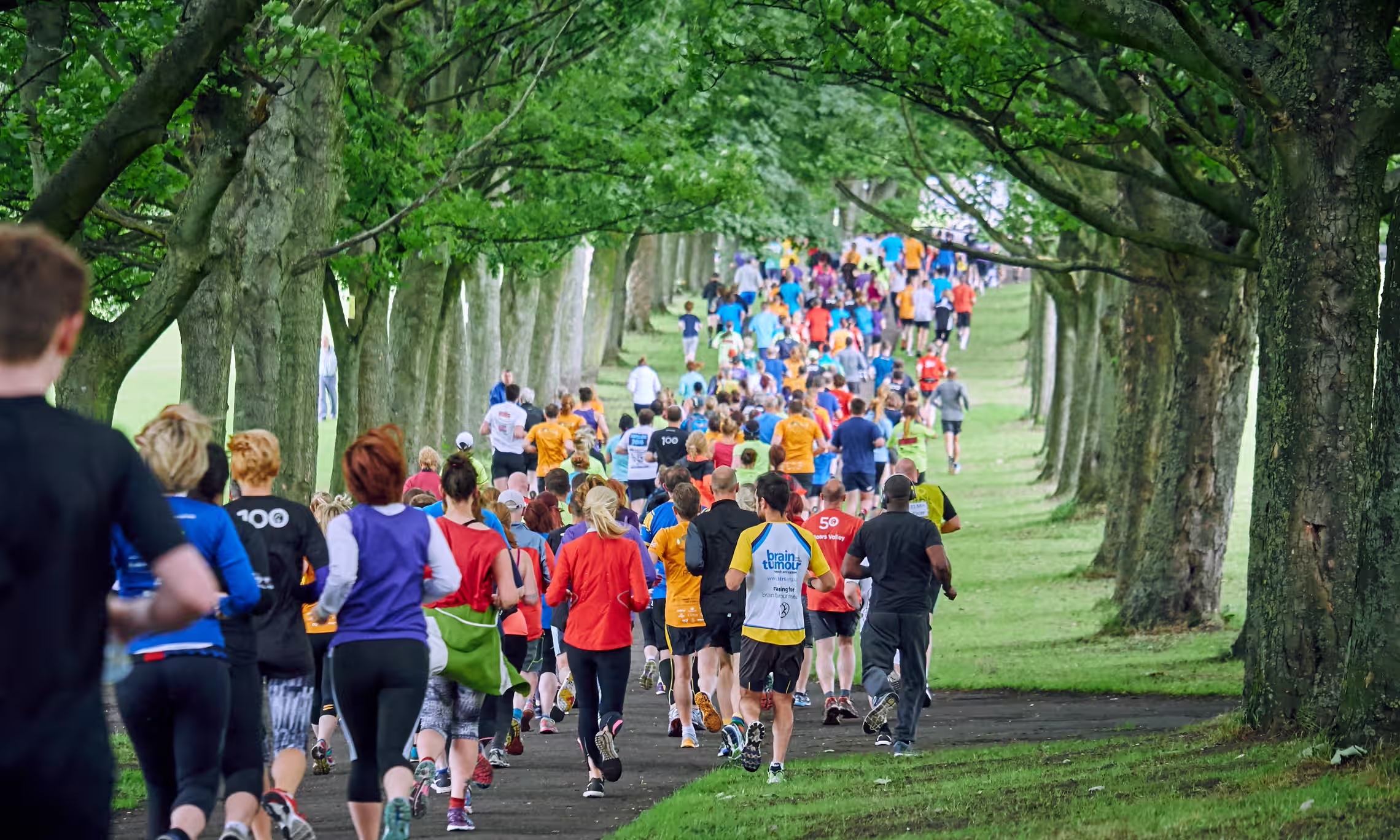
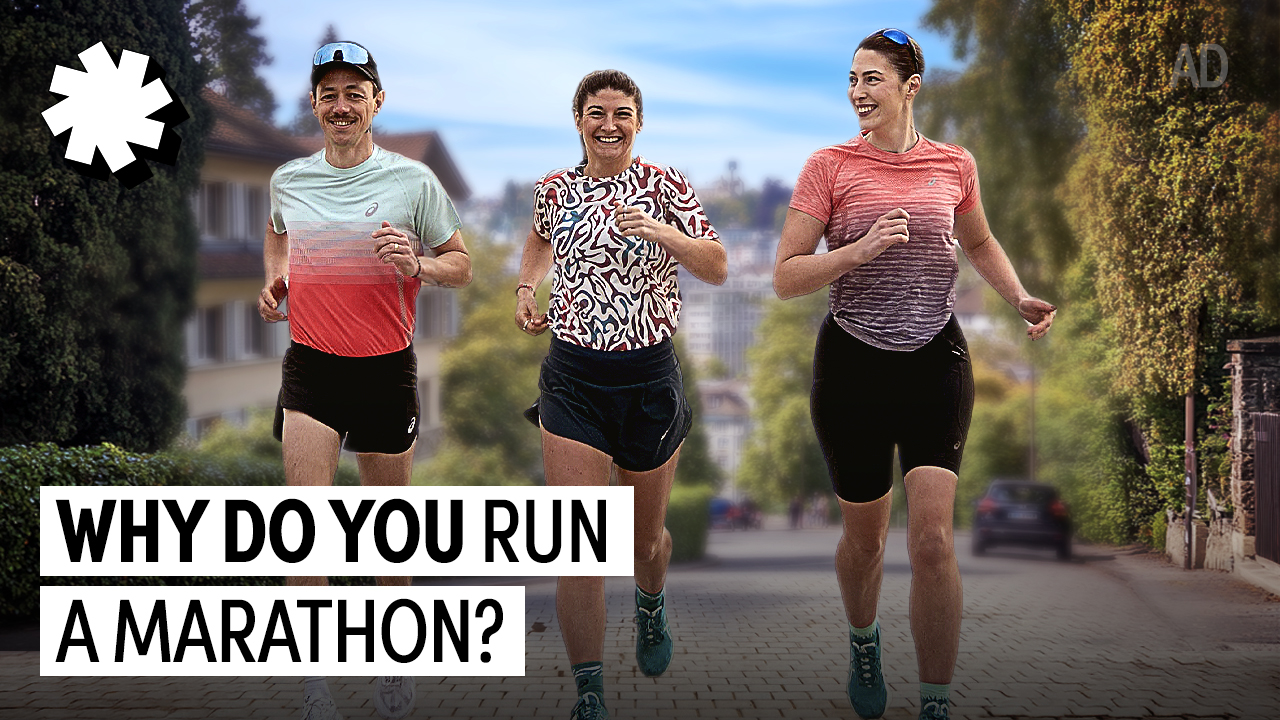

Running News
Will A Woman Run A Four-Minute Mile? Research Says It’s Possible
Tadese Takele And Sutume Asefa Kebede Win The 2025 Tokyo Marathon!
Boston Marathon 2025 Medal Reveal And Celebration Jacket